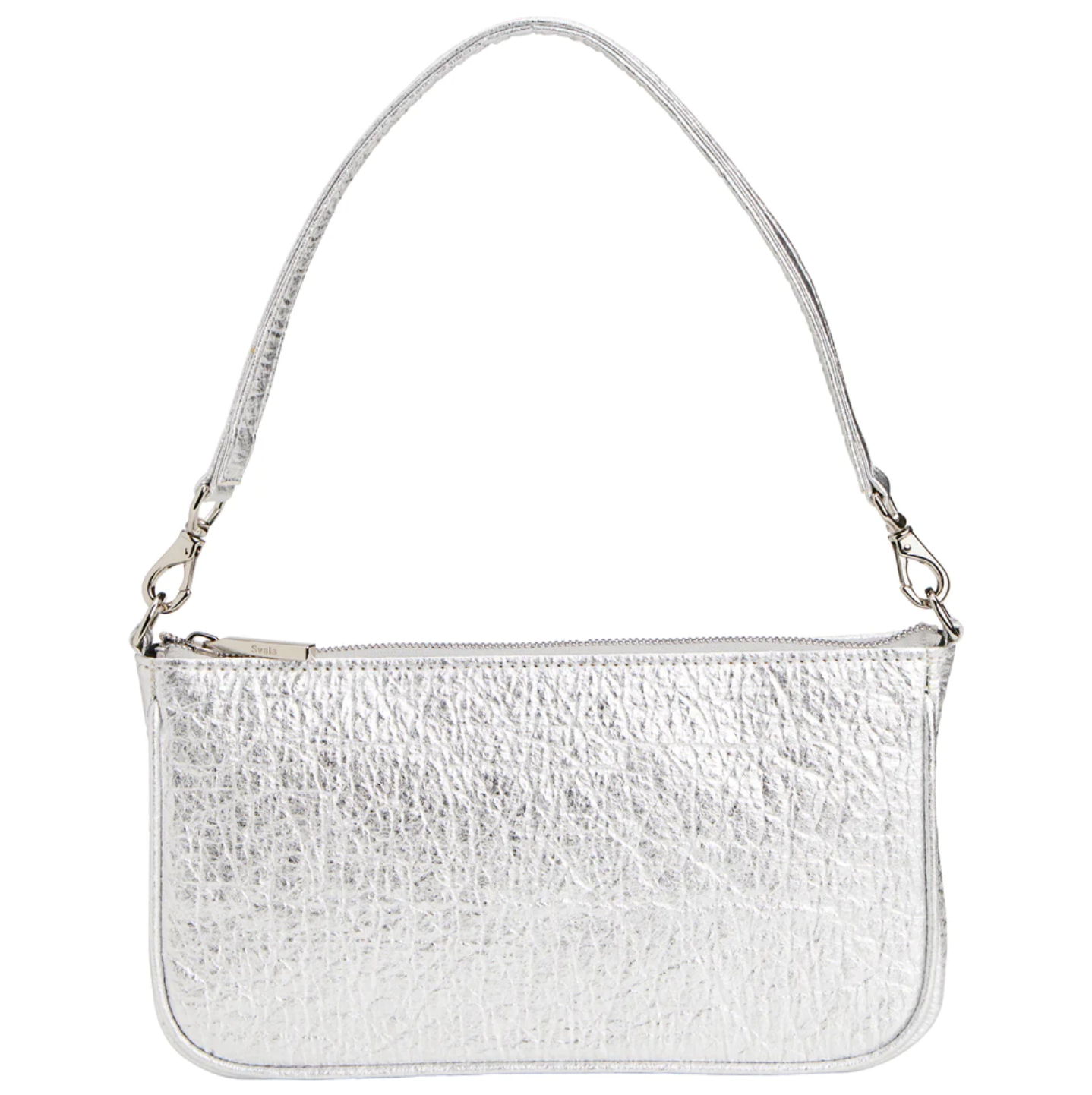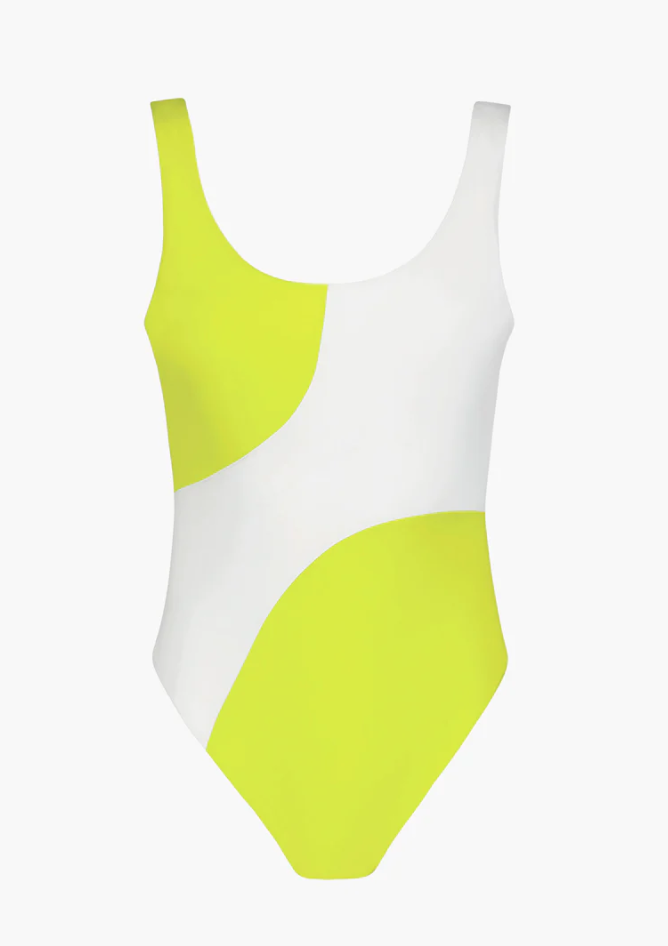11 Innovative Sustainable Materials and Fabrics to Look For
The fashion industry is constantly evolving, and with that comes new and innovative sustainable materials that change the way we look at the production and lifecycle of our clothing. We're shining a spotlight on a few of the latest materials that are making waves in the sustainable fashion space. From mushroom leather to recycled plastic, these materials are proof that fashion can be circular, ethically sourced, and stylish! If you’d like to learn more about exactly what makes a material sustainable and how this list is changing the future of fashion, check out our breakdown here: How Innovative Sustainable Materials Are Transforming the Fashion Industry.
Leathers
Cactus leather, also known as Nopal leather, is a sustainable alternative to traditional animal leather. Partially biodegradable, it is made from the prickly pear cactus, which requires minimal water and no fertilizers or pesticides to grow. Cactus leather is still relatively new, but it shows great potential as a susty leather alternative and is being used by brands like Santos by Monica and Palinoh.
2. AppleSkin™
Vegatex’s AppleSkin™ is the bio-based leather alternative made from apple pomace discarded by the beverage industry, like cider, juice, and compote. Apples are high in cellulose, and these natural fibers have huge potential as textiles. AppleSkin™ is a sustainable material that can reduce agricultural waste and replace virgin resources. Viron’s designs are a great example of how AppleSkin™ is being used for innovative designs!
3. Piñatex
Developed by Spanish designer Dr. Carmen Hijosa, Piñatex is a biodegradable non-woven textile made from pineapple leaf fiber waste. The production of Piñatex also provides additional income to pineapple farmers who would otherwise have no use for the leaves, creating a more sustainable supply chain. Brands like Svala are currently working with Piñatex.
4. Mylo™
Mylo™, also known as "mushroom leather", is made from the root structure of mushrooms, known as a mycelium (plural mycelia). It’s a highly versatile and durable material that is biodegradable and compostable! Brands like Ganni and Stella McCartney have released designs using Mylo™ leather, which is major for sustainable fashion as these huge brands are creating the potential for mushroom leather to become a mainstream textile material!
5. Fleather (just insert a flower pic)
Developed by Ankit Agarwal and produced by Phool, flower leather, also known as "Fleather," is a sustainable textile material made from flowers. The company's flower leather is created from their own factory waste after processing other products with discarded flowers from temples in India, where they are usually discarded into the river Ganges after religious ceremonies. The flowers are then cleaned and processed into a leather-like material that can be used as a leather substitute in design.
Recycled Materials
6. Recycled Cotton
Recycled cotton reduces the amount of textile waste in landfills and reduces the need for virgin cotton production. Traditional cotton is a water-intensive crop that requires high amounts of pesticides and fertilizers, which can be harmful to both the environment and cotton farm workers. Additionally, traditional cotton production can lead to soil degradation, water pollution, and habitat destruction. Brands like Pangia have incorporated recycled cotton into their products.
7. Recycled Plastic & Polyester
Recycled plastic and polyester are sustainable alternatives to traditional petroleum-based textiles that reduce the amount of plastic waste in the environment and decrease the demand for virgin plastic fabrics. The process of converting recycled plastic into textile materials also requires less energy and resources compared to producing new synthetic fibers. Brands like Find Me Now The Label and Girlfriend Collective have incorporated recycled plastic in their products. However, it's important to note that recycled plastic is not a perfect solution, and its environmental impact can vary depending on factors like the recycling process and end-of-life disposal.
8. Upcycled & Deadstock Fabrics
Possibly one of our fave materials and methods of design! Upcycled and deadstock fabric makes use of existing materials and promotes circularity! Upcycling involves taking materials that are no longer in use and transforming them into new products, while deadstock fabric refers to surplus fabric that has not been used by its original manufacturer. Susty designers like Big World NRG Tienda and Siam Circle use upcycled and deadstock fabric in their designs to create one-of-a-kind pieces.
9. Econyl®
Econyl® is a textile material made from recycled nylon waste like fishing nets and industrial plastic waste. Econyl offers a sustainable alternative to traditional nylon and its production also requires less water and energy compared to traditional nylon production. This is a material popularly used for activewear and swimwear, which can be seen in designs for Otti World and Mara Hoffman. Econyl also has a closed-loop production process, meaning the material can be continuously recycled and reused.
Natural Fabrics
8. Bamboo Cotton
As a fast-growing renewable resource that requires fewer pesticides and water than traditional cotton, bamboo cotton is one of the most popular plant-based fabrics in the textile world. Bamboo fabric is also naturally anti-bacterial and hypoallergenic, making it a great choice for people with sensitive skin. Brands like Hara the Label and Boody use bamboo in their designs, but it is important to note that some bamboo fabric production processes use harsh chemicals that can negatively affect the environment, so it's important to support brands that use sustainable production processes in tandem with sustainable materials.
9. QMONOS™
QMONOS™ is a material made from spider silk proteins that offer an alternative to traditional silk. Though it is protein-based, no spiders are used in the process, making it cruelty-free! It’s lightweight, durable, and 100% biodegradable, and its production requires less water, energy, and resources compared to traditional silk production. The production of QMONOS™ is still in its early stages, so it may be some time before it becomes widely available.
What sustainable materials are you interested to learn more about?











